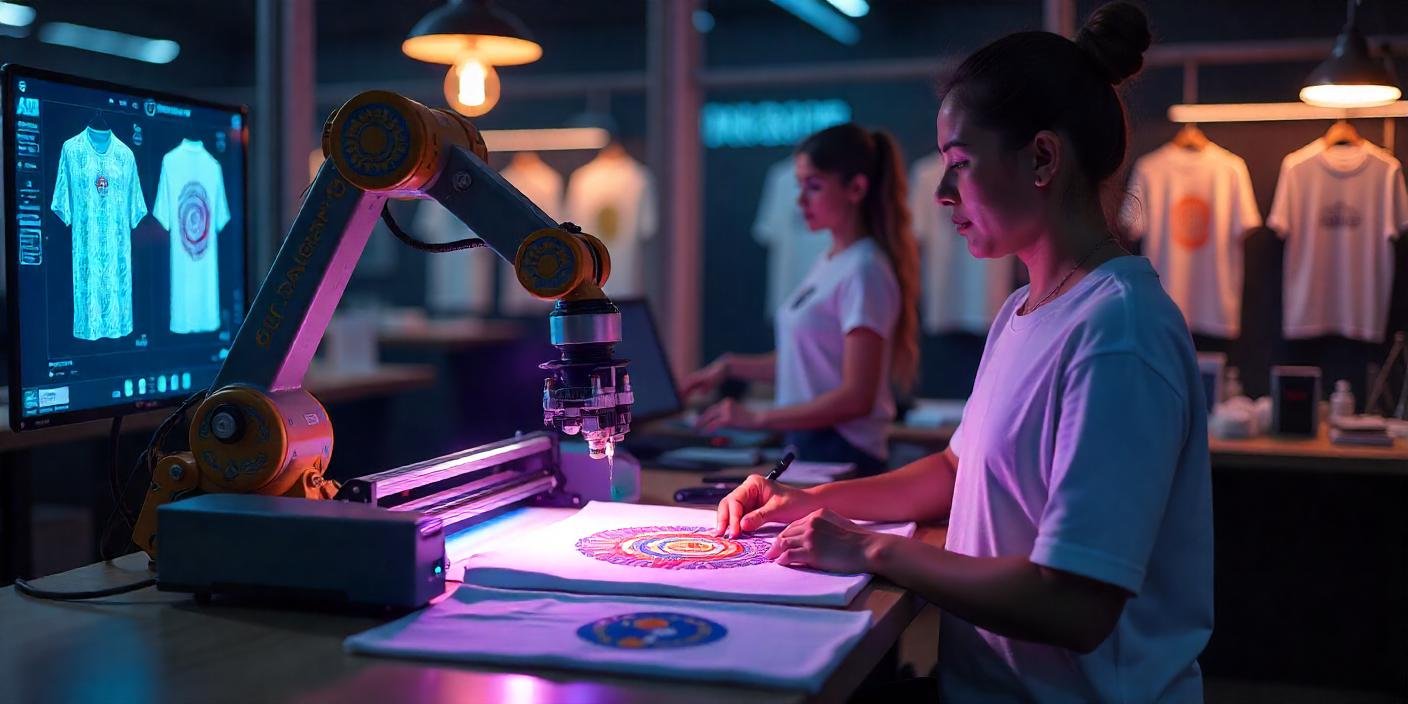What Is Injection Molding Process?
In the world of manufacturing, the injection molding process is a crucial method for creating precise and intricate plastic components. But understanding how this process works can provide insight into the production of everyday items. The process involves several key steps: melting plastic material, injecting it into a mold, cooling it, and finally ejecting the finished part.
Companies like Kemal, which specialize in custom injection mold and injection molding manufacturing, employ these steps to produce parts for various industries. This fundamental process influences the creation of numerous products, demonstrating the importance of precise and efficient manufacturing techniques.
Key Takeaways:
Injection molding involves injecting molten material into a mold under high pressure for precise part production.
Various materials like PS, PP, ABS, PE, and PVC are used in injection molding for different applications.
The process ensures efficient mass production, minimal waste, and fast turnaround times with automated precision.
Injection molding finds extensive applications in automotive, electronics, medical, household, and aerospace industries.
Basics of Injection Molding
When starting to learn about injection molding, it's essential to grasp the fundamental concepts that form the basis of this manufacturing process. Injection molding is a versatile method used to produce parts by injecting molten material into a mold, which then solidifies to form the desired shape. The process begins with the material being heated to a high temperature until it reaches a viscous state suitable for injection. Once the material is ready, it's injected into a mold cavity under high pressure. The pressure ensures that the material fills all parts of the mold, creating a precise and accurate final product.
One crucial aspect of injection molding is the cooling phase. After the molten material has been injected into the mold, it needs to cool and solidify before the mold opens. Proper cooling is essential to ensure that the part retains its shape and dimensions once it's ejected from the mold. Understanding these basics is key to mastering the injection molding process and producing high-quality parts efficiently.
Materials Used in Injection Molding
To understand the materials used in injection molding, it's crucial to recognize their significance in achieving the desired properties of the final product.
Here are five key materials commonly used in injection molding:
Polystyrene (PS): Known for its clarity and rigidity, often used in packaging and disposable utensils.
Polypropylene (PP): Versatile material with high chemical resistance, used in various industries including automotive and medical.
Acrylonitrile Butadiene Styrene (ABS): Offers a balance of strength, impact resistance, and heat resistance, commonly used in electronics and automotive components.
Polyethylene (PE): Known for its ease of processing and flexibility, widely used in products like bottles, bags, and toys.
Polyvinyl Chloride (PVC): Durable and cost-effective material used in construction, healthcare, and consumer goods.
Each material brings its own set of properties to the final product, allowing manufacturers to tailor the characteristics of the molded parts to meet specific requirements.
Steps in the Injection Molding Process
One critical step in the injection molding process involves preparing the mold for the material injection. Before starting the injection process, you need to ensure that the mold cavity is clean and free of any debris that could affect the final product. Next, the mold is sprayed with a mold release agent to prevent the material from sticking to the mold walls, making it easier to eject the finished product later.
Once the mold is prepared, the next step is the actual injection of the material. The material, usually a thermoplastic resin in granular form, is heated until it reaches a molten state. It's then injected into the mold cavity under high pressure. The pressure ensures that the material completely fills the mold and takes its final shape.
After the material has been injected and has cooled and solidified, the mold opens, and the newly formed product is ejected. This step marks the completion of the injection molding process, resulting in a precise and high-quality product ready for further finishing touches if necessary.
Advantages of Injection Molding
Maximizing efficiency and precision, injection molding offers numerous advantages in the production of plastic components. Here are five key benefits that make injection molding a preferred manufacturing process:
High Efficiency: Injection molding allows for mass production of intricate plastic parts with minimal waste, ensuring cost-effectiveness.
Precision and Accuracy: The process enables the production of complex and detailed components with tight tolerances, ensuring consistent quality.
Wide Material Selection: Injection molding supports a vast range of materials, from basic polymers to advanced engineering resins, offering versatility in product design.
Reduced Labor Costs: Automation in injection molding reduces the need for manual labor, leading to higher productivity and lower labor expenses.
Fast Production Cycles: Injection molding processes are rapid, enabling quick turnaround times and meeting tight deadlines for product delivery.
These advantages collectively make injection molding a highly efficient and reliable method for producing plastic components.
Applications of Injection Molding
Injection molding finds extensive application across various industries due to its versatility in producing intricate plastic components efficiently.
In the automotive sector, injection molding is commonly used to manufacture interior parts, such as dashboards, door panels, and switches, as well as exterior components like bumpers and light covers.
The electronics industry benefits from injection molding for producing casings, connectors, and housings for various devices.
Medical and healthcare fields utilize this process for creating precise and sterile equipment such as syringes, IV components, and pill containers.
Household items like containers, kitchenware, and toys are also made using injection molding due to its cost-effectiveness and ability to mass-produce identical products.
Furthermore, the aerospace industry relies on injection molding for lightweight yet durable components like brackets, panels, and air ducts.
Frequently Asked Questions
What Are the Common Challenges or Limitations Associated With Injection Molding?
When dealing with injection molding, you might encounter challenges like material selection restrictions, high tooling costs, and complex geometries. These limitations can impact production efficiency but can be managed through careful planning and design modifications.
How Does the Cost of Injection Molding Compare to Other Manufacturing Processes?
When comparing the cost of injection molding to other methods, you'll find that it often offers cost efficiency due to its high production rates and material savings, making it a preferred choice for many industries.
Are There Any Environmental Concerns Related to Injection Molding?
When it comes to injection molding, you might wonder about environmental concerns. It's essential to address issues like material waste, energy consumption, and potential pollution. Being mindful of these aspects can help mitigate environmental impact.
Can Injection Molding Be Used for Creating Complex and Intricate Designs?
Yes, injection molding can be used to create complex and intricate designs with precision. It allows for intricate details and shapes to be replicated consistently, offering a cost-effective and efficient solution for producing intricate parts.
What Factors Should Be Considered When Choosing an Injection Molding Manufacturer or Service Provider?
When selecting an injection molding manufacturer, prioritize expertise, equipment quality, speed, and cost-effectiveness. Ensure their experience aligns with your project needs. Choose a provider who communicates well and offers reliable, high-quality services for success.






